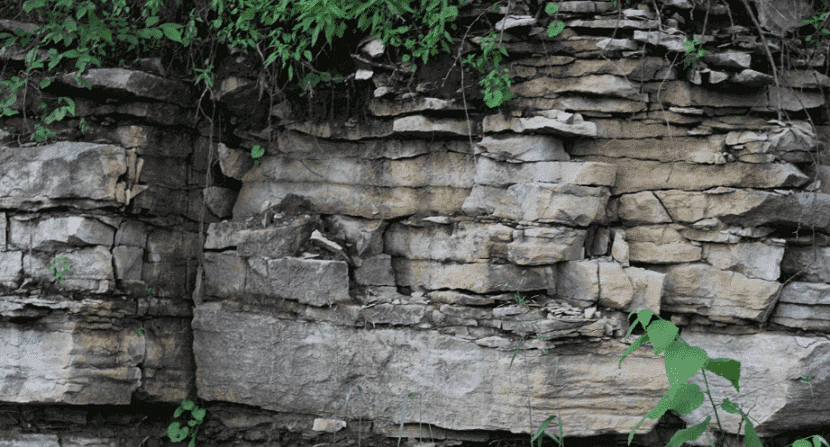
Today we are going to talk about a geology topic. Is about the types of rocks that exist. Since our planet earth was formed, millions of rocks and minerals have been formed. Depending on their origin and their type of training, there are several types. All the rocks in the world can be classified into three large groups: igneous rocks, sedimentary rocks and metamorphic rocks.
If you need to know all the types of rocks that exist, their formation conditions and characteristics, this is your post 🙂
Sedimentary rocks
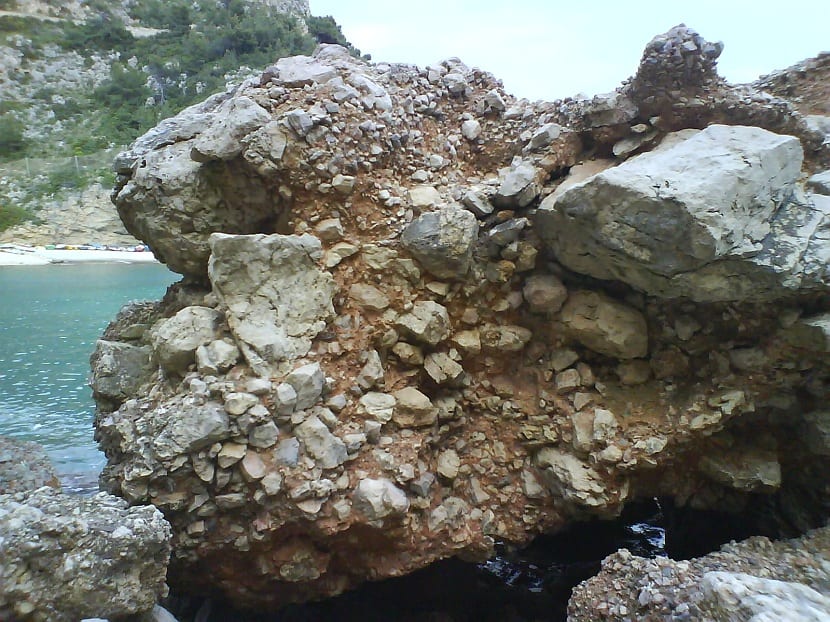
We are going to start by describing sedimentary rocks. Its formation is due to the transport and deposition of materials due to the action of wind, water and ice. They have also been able to be chemically deposited from some aqueous fluid. Over time, these materials come together to form a rock. Therefore, sedimentary rocks are made up of many materials.
In turn, sedimentary rocks are divided into detrital and non-detrital
Detrital sedimentary rocks
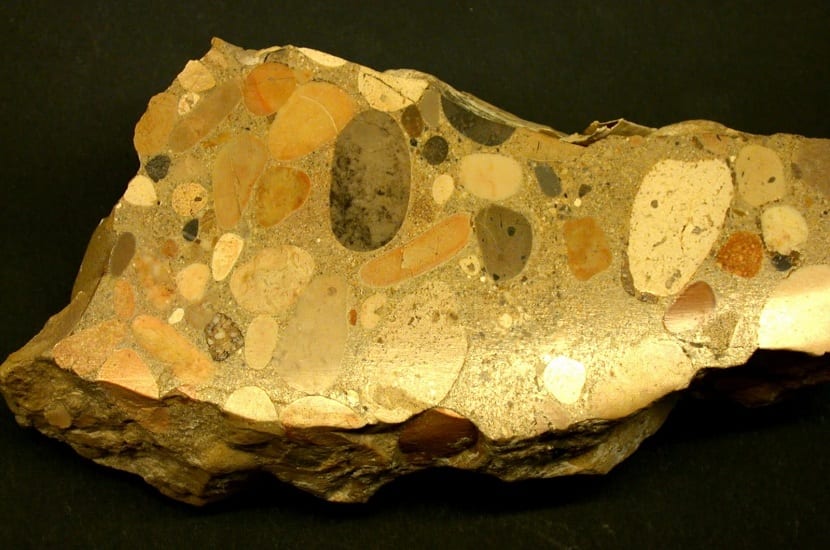
These are those that are formed from the sedimentation of the fragments of other rocks after being previously transported. Depending on the size of the rock fragments, they are identified in one way or another. If said fragments are larger than 2 mm and rounded are called conglomerates. On the other hand, if they are angular they are called gaps.
If the fragments that make up the rock are looser, they are called gravel. You have probably heard of gravel. When are smaller than 2mm and larger than 0,6mm, that is to say, with the naked eye still or with light microscope they are called sandstones. When the fragments that form the rock are so small that we need an electron microscope, they are called silts and clays.
Currently, gravel is used for aggregates in construction and the manufacture of concrete. Conglomerates and sandstones are used for their durability in construction. Clays are used in our daily lives and for medicinal and cosmetic use. They are also used for the construction of bricks and ceramics. Their waterproofing properties make them perfect for absorbing polluting products and filtering in industry. They are used as raw material for the construction of mud and adobe walls and for the manufacture of traditional pottery, earthenware and porcelain.
Non-detrital sedimentary rocks
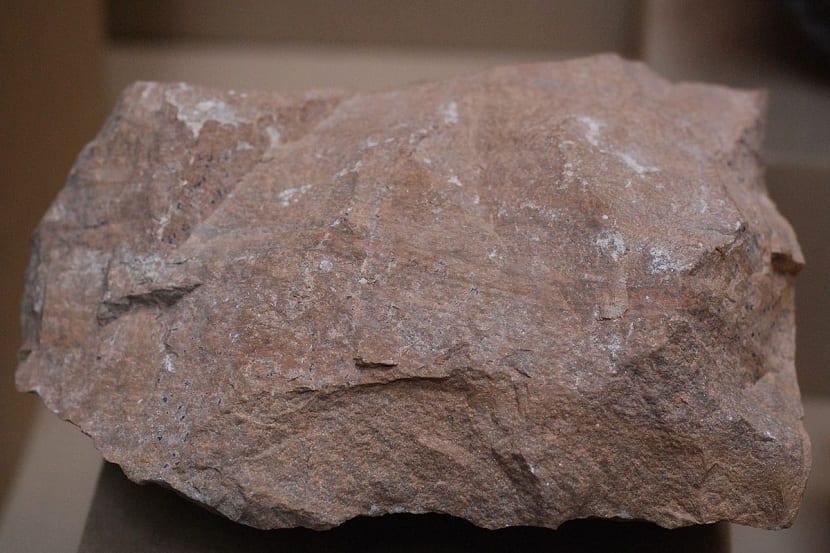
These types of rocks are formed by the precipitation of certain chemical compounds in aqueous solutions. Some substances of organic origin can accumulate to form these rocks. One of the most common and well-known rocks of this type is limestone. It is formed through the precipitation of calcium carbonate or the accumulation of skeletal fragments of corals, ostracods and gastropods.
It is very common to see fragments of fossils in this type of rocks. An example of limestone rock is calcareous. It is a very porous rock that has abundant plant remains and that originates in rivers when calcium carbonate precipitates on vegetation.
Another very common example is the dolomites. They differ from the previous ones in that it has a chemical composition with a high magnesium content. When the accumulation of shells of organisms that are made of silica occurs, flint rocks are formed.
There is also a type of rock within the non-detrital evaporitic calls. These are formed through the evaporation of water in marine environments and in swamps or lagoons. The most important rock in this group is gypsum. They are formed through the precipitation of calcium sulfate.
Limestone is used in the manufacture of cement and lime in construction. They are materials used for the facades and floor covering of buildings. Coal and oil are a type of non-detrital sedimentary rock organogenic calls. Its name is due to the fact that it comes from the accumulation of organic material and its remains. While coal comes from plant debris, oil from marine plankton. They are of great economic interest due to their high calorific value for the generation of energy through combustion.
Igneous rocks
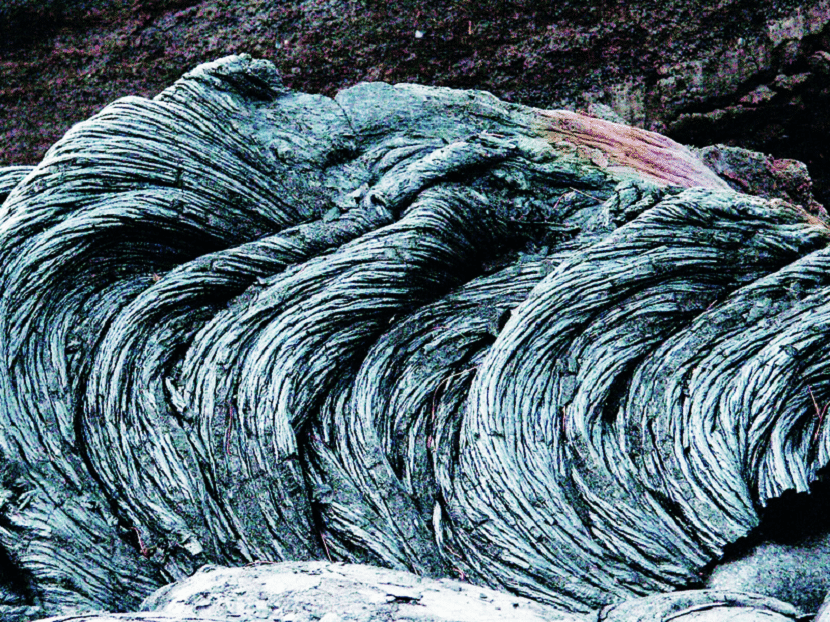
This is the second type of rock. They are generated by the cooling of a liquid mass of silicate composition coming from inside the Earth. The molten mass is at extremely high temperatures and solidifies when it reaches the earth's surface. Depending on where they cool, they will give rise to two types of rocks.
Plutonic rocks

These originate when the liquid mass cools under the earth's surface. That is, being subjected to low pressure, the minerals inside grow closely together. This causes dense, non-porous rocks to form. The cooling of the liquid mass is very slow, so the crystals can be very large.
One of the most famous rocks of this type is granite. They are composed of a mixture of minerals of quartz, feldspars and mica.
Volcanic rocks
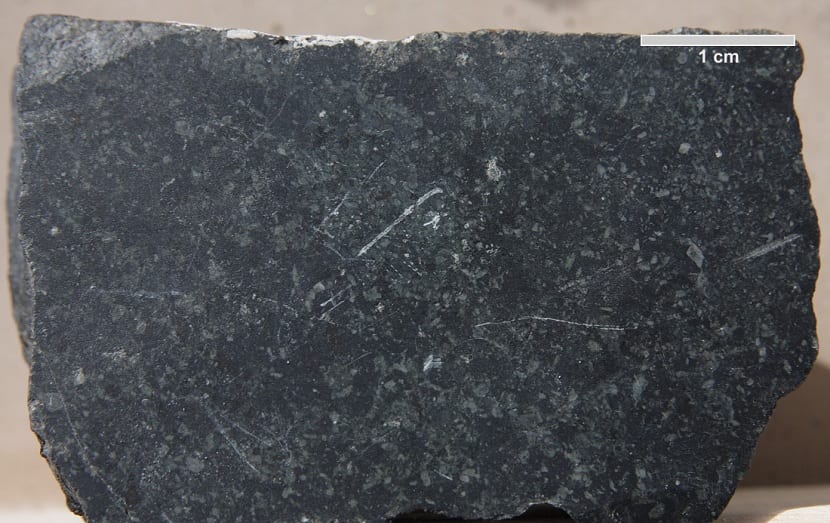
This type is formed when the liquid mass rises to the outside of the Earth's surface and cools there. These are the rocks that form when lava from volcanoes is cooled to lower temperatures and pressures. The crystals in these rocks are smaller and have amorphous uncrystallized glass-like matter.
One of the most frequent and easy to recognize they are basalts and pumice.
Metamorphic rocks
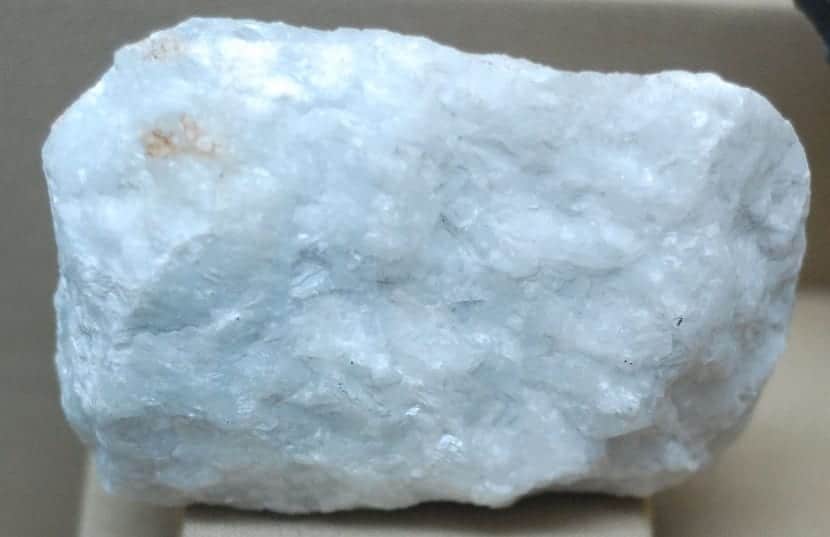
These rocks are generated from pre-existing rocks already by undergoing temperature and pressure increases by geological processes. The readjustments suffered by these types of rocks make them change their composition and minerals. This metamorphic process happens in the solid state. The rock does not have to be molten.
Most metamorphic rocks are characterized by having a general crushing of their minerals that make the rock flattened and laminated. This effect is called foliation.
The most common known rocks are slate, marble, quartzite, gneiss, and schists.
You already know better the types of rocks that exist and their formation processes. Now it is your turn to go to the field and recognize what types of rocks you are seeing and deduce their formation and composition process.
This study is very interesting, I am located in San Sebastian de los Reyes of the Aragua State, Venezuela and there are important limestone hills and other minerals in a system of caves and chasms of great beauty because I would like to investigate further about the characteristics and types of minerals existing in these beautiful caves.